Just as P stands for Perfect in a word puzzle, here is a list of perfect flowers that starts with P for you.
Flowers are part of our existence, they give luster to our environment, provide aesthetics and even serve as vegetables like some that we have listed below.
Have a beautiful ride into the words of stunning flowers whose names start with the letter P. Take note as you read along to feed us back on what your preferred flower is among them.
Table of Contents
Flowers That Starts With P
1. Peony (Paeonia)
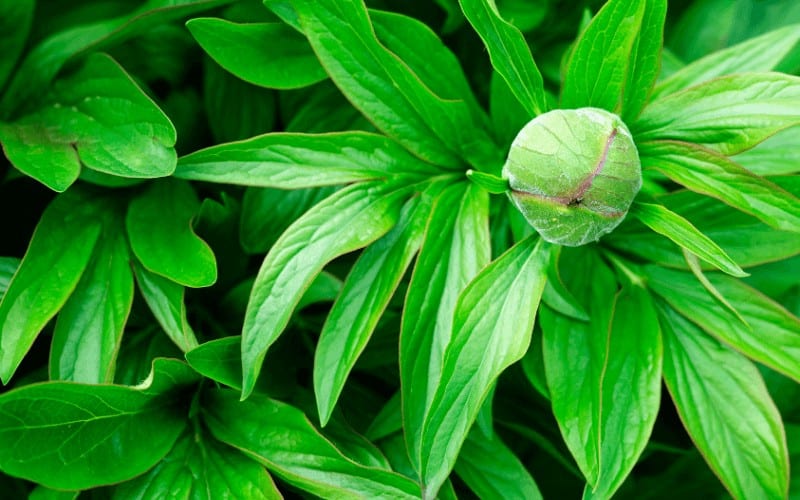
Peony is alternatively called paeonia. It is the traditional flower of China mostly used in religious traditions, and wedding ceremonies. Peony is a genus of about 30 species, native to Asia, Southern Europe, and North America.
Its various parts have been used for medicinal purposes over time, commonly used in treating asthma, menstrual cramps, spasms, fever, headache, cough, and wounds.
They produce large and flashy flower in different colors which can bloom for over 100 years. It symbolizes prosperity, dignity, honor, and wealth and is very good on moist and well-drained soil. It blooms well in summer.
2. Passion Flower (Passiflora)
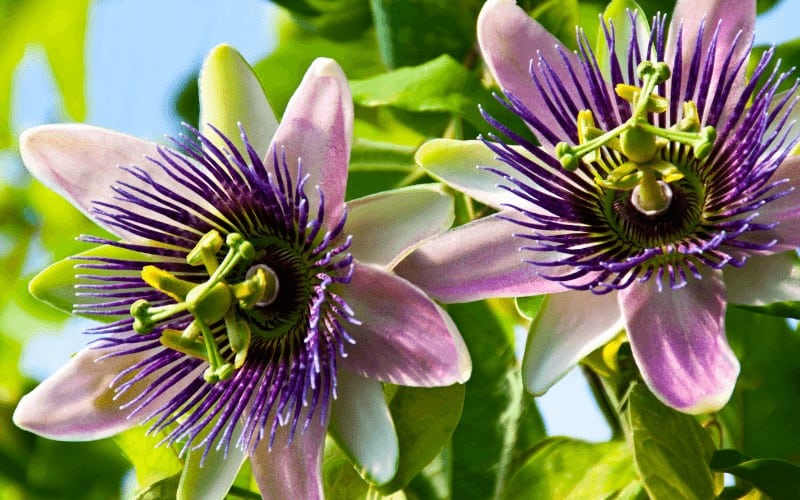
Also known as Passiflora. It was named in the 15th and 16thcenturies by Roman Catholic Priests after the passion of Jesus Christ which invariably symbolizes His suffering, death, and hope everlasting.
Though a wide range of colors exists, the most common are white, purple, and blue. It has a large genus of more than 500 species of vines, shrubs, and trees in the family Passifloraceae.
As regards its symbolism, its various parts are regarded to represent the Apostles, the nails, wounds, crown of thorns, and the Holy Grail.
It has medicinal benefits in reducing stress, treating anxiety and insomnia, herbal sedative. Passionflower also has a flowering species used for food and beverages and blossom on fertile, moist, and well-drained soil.
3. Protea (Proteaceae)
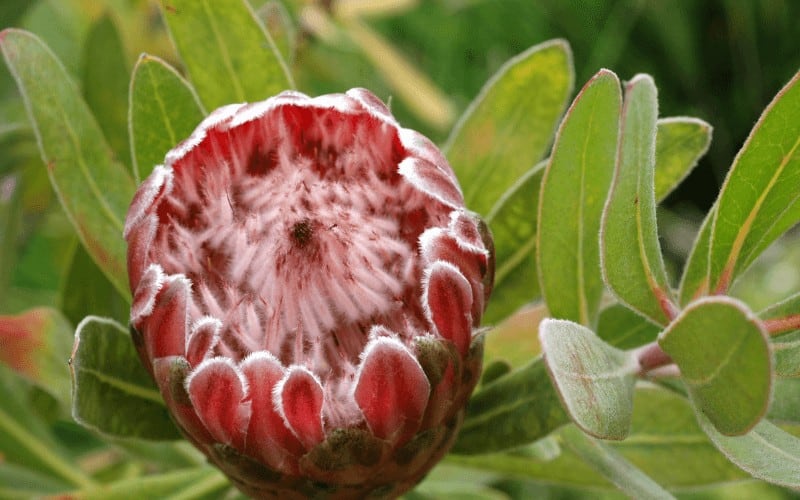
Protea derived its name from the “Proteus”, the son of the Greek god Poseidon who could maneuver his shape and appearance.
It is the national flower of South Africa used as the symbol of the national cricket team, on documents, passports, birth certificates, and coins. They are among the oldest flowering plants as they date back 300 million years.
It has a genus of about 500 species of shrubs and trees in the family Proteaceae and comes in shades of white, purple, red, orange, yellow, and green.
Proteas have a low water need and grow in regions where the conditions are dry and soil is well-drained, sandy, and slightly acidic.
They have leathery leaves and clusters of long, narrow, tubular flowers with beautiful petals surrounding a central mass of small, tubular flowers.
They are taken to represent transformation, diversity, and courage. Proteas bloom in Summer, Winter, Autumn, and Spring.
4. Polygonatum (Polygonatum odoratum)
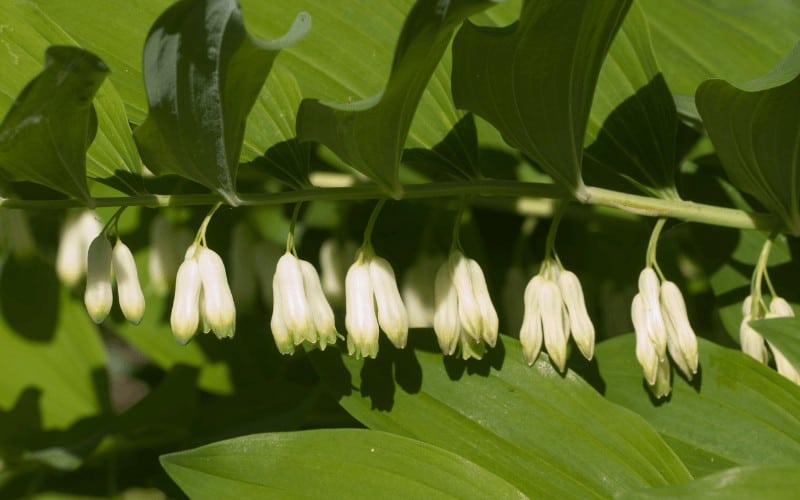
Popularly called Solomon’s seal not because it attracts women easily but because of its symbols of peace and wisdom, and its symbolic representation of the famous Bible King, King Solomon’s seal.
The genus name is derived from the Greek words “poly” and “gonu” which means many and knees respectively thereby translating “many knees” owing to its knee-like shape of underground rhizomes.
Polygonatum is a genus of about 70 species of flowering plants in the family Asparagaceae. Some parts of Polygonatum, such as berries are confirmed to be poisonous and should not be largely consumed as it can lead to nausea, vomiting, and gastric complaints.
Science has confirmed its healing properties as it is used in treating hemorrhoids, coughs, fever, stomach problems, and skin conditions.
It also strengthens muscles and joints, boosts sexual potency, and is edible and delicious if cooked like vegetables.
They produce small, tubular flowers during spring and summer, followed by berries that turn dark blue in late summer. The colors come in white, green, or pink, either in solid or combination.
Most time needs partial sun, grows on fertile, moist, and well-drained soil. Solomon’s seal symbolizes peace and wisdom and attracts feathered creatures like hummingbirds.
5. Phlox (Phlox paniculata)
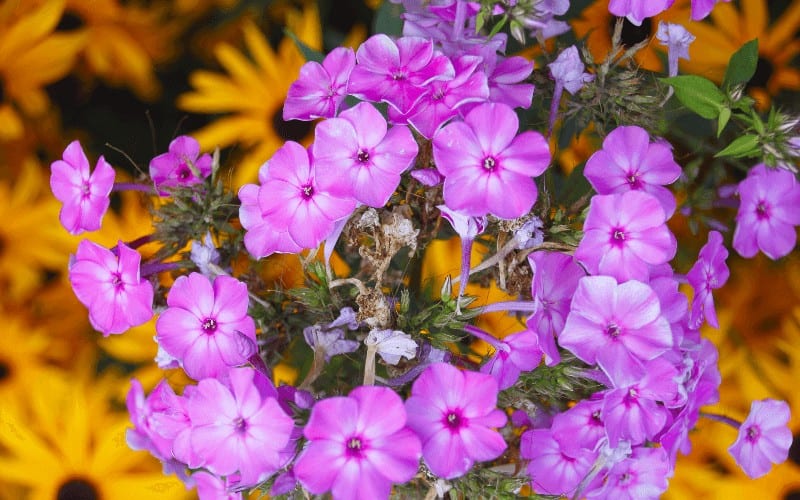
Phlox come in two forms, the garden phlox, and creeping phlox. The former grows upright while the latter makes a great ground cover, spreads rapidly, and stays green for most of the year.
They can be planted in fall or spring, thrive well on well-drained soil, and grow best in full sunlight.
Phlox is a genus of 67 species of perennial and annual plants in the family Polemoniaceae. Phloxes are commonly grown in gardens especially with their ability to attract butterflies.
These plants produce very colorful flowers when in bloom and flowers may be pale, blue, violet, orange, pink, bright red, or white. Phloxes give a great visual appeal and are sweetly perfumed.
6. Pansy (Viola tricolor var. hortensis)
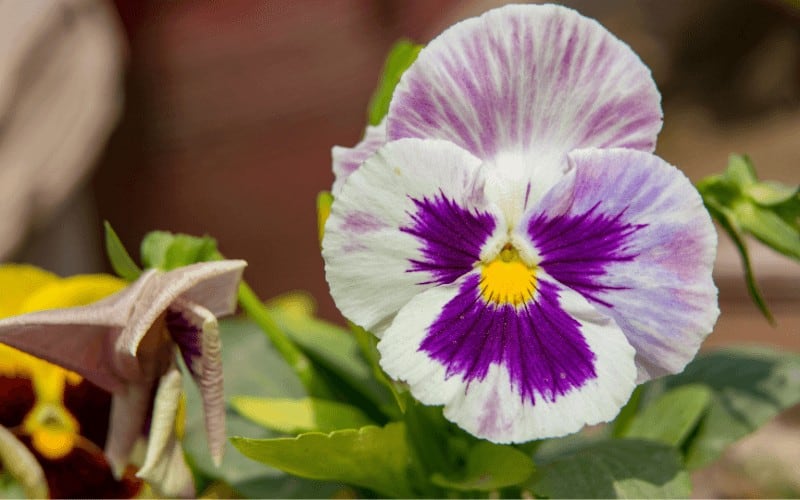
The pansy is usually cultivated as a garden flower. It is a genus of several species in the family of Violaceae. They have two overlapping upper petals, two side petals, and a single bottom petal with a slight beard emanating from the flower’s center.
They usually come in white, yellow, blue, or purple. Pansies are perennials, grown as annuals and grow well in partial sunny positions, rich and well-drained soil high in organic matter.
There are types of pansy that are well sold commercially which are commonly known as Viola. They are generally not affected by insects and diseases. Pansies are much admired in America and remain a popular garden flower today.
7. Pineapple Sage (Salvia elegans)
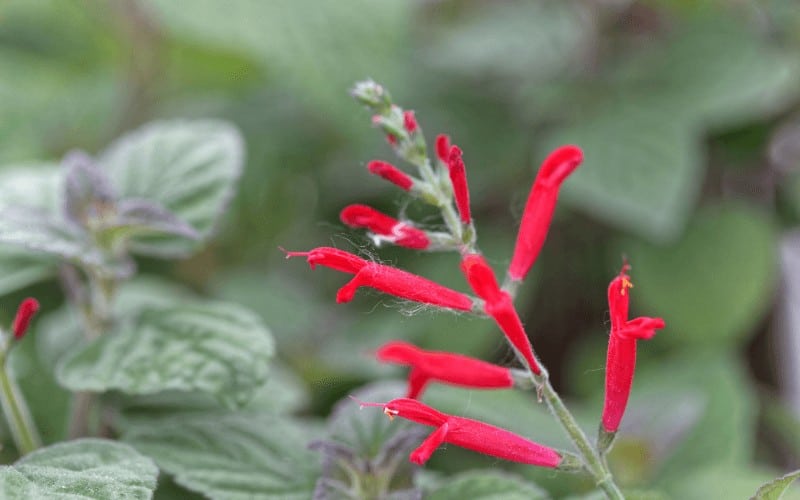
Pineapple sage is well known and appreciated for its pineapple scent and red flowers. It is a shrubby perennial which hails from the highlands of Mexico and Guatemala.
When rubbed or brushed, they smell fruitily of pineapple especially the pointed leaves. They bloom in summer and fall.
Pineapple sage leaves are edible and are used as beverages such as herbal teas, cocktails, and the red flowers chopped usually on fruit salad and pineapple.
They also have medicinal benefits in treating anxiety, digestion, heartburn, as a tonic and possess anti-depressant properties used extensively in Mexican medicine. Pineapple sage requires a soil well-drained, moist, and rich enough to support its rapid growth.
Related Posts:
- Names Of Flowers A-Z
- Flowers That Starts With Z
- Types Of Ginkgo Trees
- Flowers That Starts With U
- Flowers That Starts With W
Conclusion
Various flowers start with the letter P but this is just a highlight of the 7 common and stunning flowers that start with P.
We have been able to explore both the flowering plant and the juicy aspects of some just like the pineapple sage and the Polygonatum alternatively called Solomon’s seal.
Let us know which is your favorite one.




